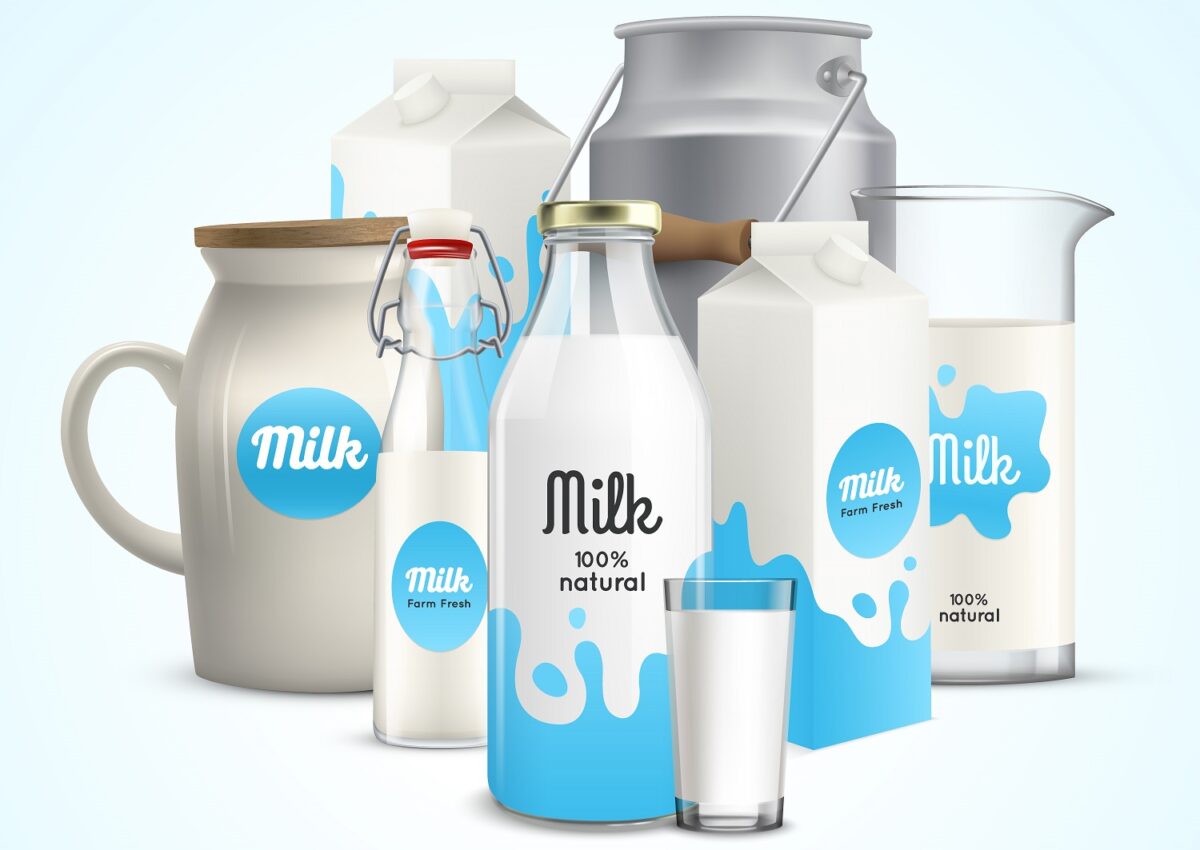Kenya’s Milk Production Improves to New Heights, thanks to Subsidized AI Services and Improved Livestock Practices

- Kenya’s Milk Production Improves to New Heights as Taita Taveta County Reports Promising Increase in Milk Output, Boosting Agricultural Sector
Taita Taveta County’s Department of Livestock in Kenya has announced a significant rise in milk production thanks to the implementation of subsidized artificial insemination (AI) services, enhanced livestock disease and pest control, and the adoption of improved animal feeds and management practices. The county is now on track to reach an annual milk production of 30 million liters.
Erickson Kyongo, the County Executive Committee Member in charge of Agriculture, Livestock, Fisheries, and Irrigation, expressed optimism about the county’s progress. He highlighted the efforts made to provide affordable and high-quality AI services, as well as support for best practices in animal feed management and disease control.
“Our continuous efforts to make cheap and high-quality AI services accessible, along with the promotion of best practices in animal feed management and disease control, are driving us towards achieving an annual milk production of 30 million liters,” stated Kyongo.
He further projected that by the end of 2023, farmers in the county would have produced at least 20 million liters of milk before the onset of the dry season, which typically slows down production.
The journey towards this significant milestone began in 2018 when the county leadership signed a Memorandum of Understanding (MoU) with the Kenya Animal Genetic Resources Center, leading to a substantial reduction in the price of AI services. The cost per animal dropped from between Sh1,500 and Sh2,000 to an affordable Sh200.
Dr. Margaret Kibogy, the Managing Director of the Kenya Dairy Board, provided insight into the broader national dairy industry. She noted that Kenya’s dairy sector has been experiencing an estimated annual growth rate of 5%, with current milk production standing at 5.2 billion liters per year.
Dr. Kibogy emphasized the importance of the dairy industry, stating, “Kenya’s dairy sector contributes 4% to the national GDP, 12% to the agriculture GDP, and 44% to the livestock GDP. Approximately 1.8 million smallholder farmers depend on dairy production for their livelihoods.”
Meanwhile, the government has pledged support for dairy farmers through various interventions as part of its agricultural reformation efforts, aiming to create wealth and expand job opportunities within the sector. Cooperative union members have expressed optimism about the transformative initiatives of the government and have vowed to leverage them to advocate for and reform the dairy industry in the country.
During the launch of the Meru Central Dairy Cooperative Union Factory Phase, President William Ruto made commitments to further support the dairy sector. He pledged to reduce the cost of semen from the current Sh8,000 to Sh1,500, along with plans to establish a Sh400 million plant producing 500,000 doses of semen locally, eliminating the need for imports.
According to the 2020 Kenya National Bureau of Statistics Food Balance Sheet report, milk and its related products have the highest per capita consumption in Kenya, with 93.3 kilograms per person annually. This is followed by maize (69.5 kg), wheat (41.3 kg), and vegetables (32.6 kg).
The rise in milk production in Taita Taveta County and the government’s commitment to supporting the dairy sector are encouraging signs for the agricultural industry in Kenya. As the nation continues to prioritize the dairy sector’s growth, it will contribute to improved livelihoods for smallholder farmers, increased economic prosperity, and enhanced food security.



